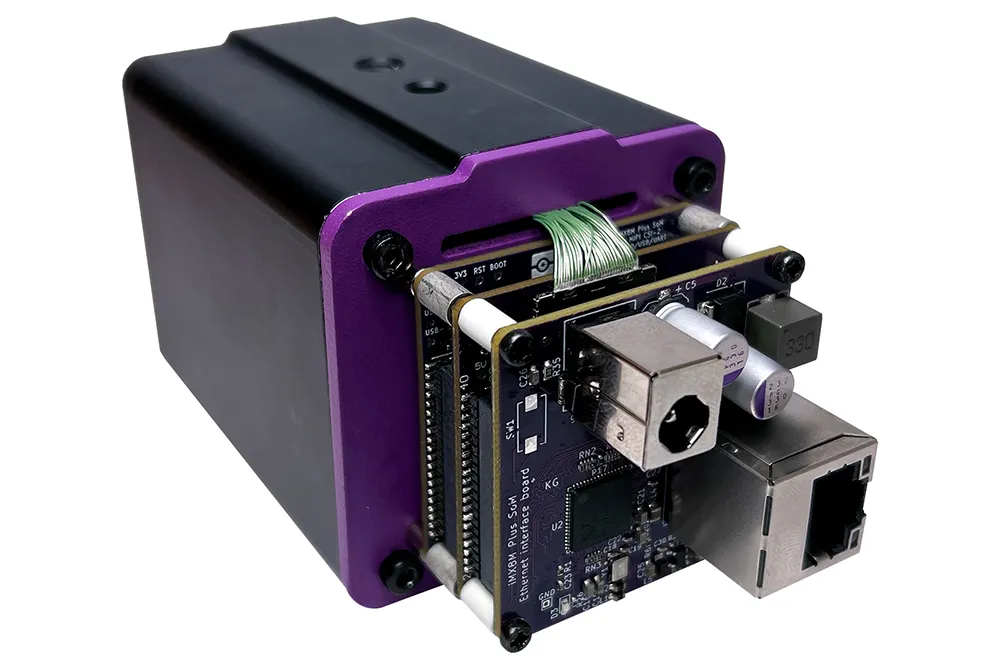The latest addition to the Point Grey camera range is the new 5.0 megapixel Sharp CCD model to its Blackfly family of GigE Vision cameras. The BFLY-PGE-50H5 camera models are based on the Sharp RJ32S4AA0DT mono and RJ32S3AA0DT colour sensors, a 2/3"-inch global shutter CCD.
May 11, 2015
Read time: 1 min

The latest addition to the 541 Point Grey camera range is the new 5.0 megapixel Sharp CCD model to its Blackfly family of GigE Vision cameras. The BFLY-PGE-50H5 camera models are based on the Sharp RJ32S4AA0DT mono and RJ32S3AA0DT colour sensors, a 2/3”-inch global shutter CCD.
This camera model is capable of streaming 2448 x 2048 resolution images at 7.5 FPS. The technology has been developed by Sharp Corporation to provide highly improved sensitivity and image quality compared with conventional CCDs. The combination of improved imaging performance over existing 5.0 MP CCD sensors, high resolution, and very competitive price, makes this new sensor ideal for industrial applications such as factory automation, inspection and 3D scanning.
This camera model is capable of streaming 2448 x 2048 resolution images at 7.5 FPS. The technology has been developed by Sharp Corporation to provide highly improved sensitivity and image quality compared with conventional CCDs. The combination of improved imaging performance over existing 5.0 MP CCD sensors, high resolution, and very competitive price, makes this new sensor ideal for industrial applications such as factory automation, inspection and 3D scanning.








